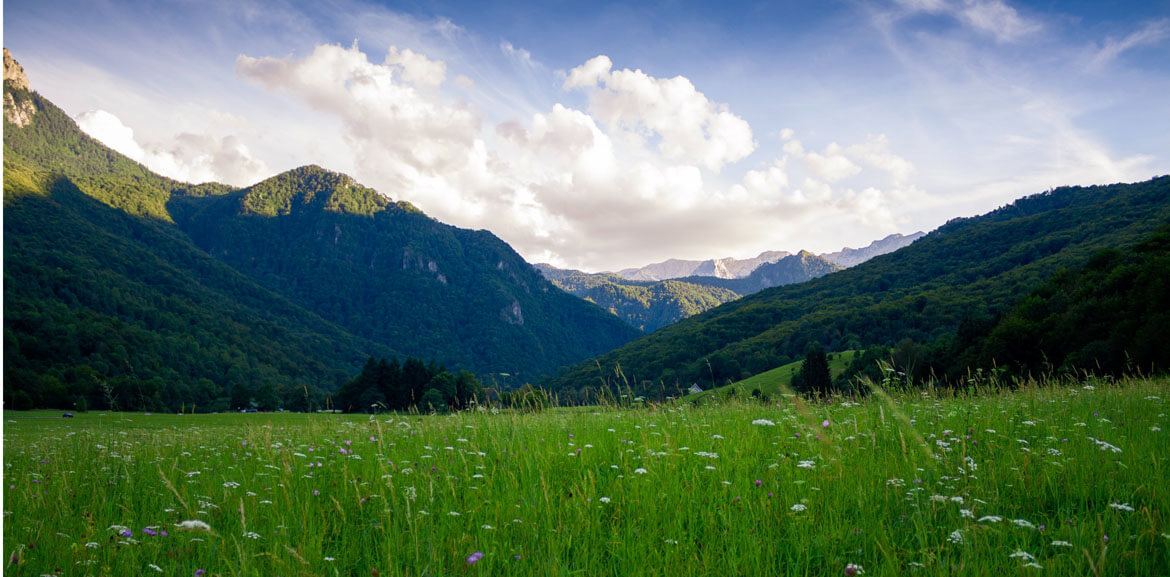I thought this is a good place to start. Let’s look up the dictionary…

So the definitions that relate to ‘nature’ as in the natural world context are:
- all physical life that are not controlled by man
- plant and animal life, as distinct from man
- a wild primitive state untouched by man
- natural unspoilt countryside
We could think of nature resources as a continuum from small with greater human involvement, to large, wild and less accessible. Many of us have pot plants or a private garden, there are sometimes trees and grass along streets, there are local parks and reserves in the towns and cities we live in, as well as larger parks and reserves out of town. Then we have more remote and wilderness locations wiht mountains, forest and rivers/alpine lakes. These can be called ‘green space’. How about ‘blue space’. This can include rivers, streams, lakes as well as costal environments.
-

Blue space -

Green space
There are lots of fancy definitions of nature when you look at the research, ‘very natural, mostly natural, mostly built, very built, urban green, wilderness green’.
Nature to me, is a place where there is as little of the built environment as possible (building, roads, cars, etc). Where I can see mostly green or blue (or other shades of those natural colours) and where I can hear the sounds of nature such as birds or leaves. Nature is in our backyard, and in a park in a busy city, just as nature is the mountains and rivers in the backcountry, or at the beach.
Nature is everywhere, wherever we live. Some of us may need to look a little harder for it, or travel further to get to it. But it’s there and it is the most wonderful resource that we can all benefit from.
-

Gardens in the middle of Alexandra -

Rhododendrons at Otago University, middle of Dunedin -

Home orchard in the suburbs -

Lake Wanaka from
Mt Iron -

Head of Lake Pukaki

